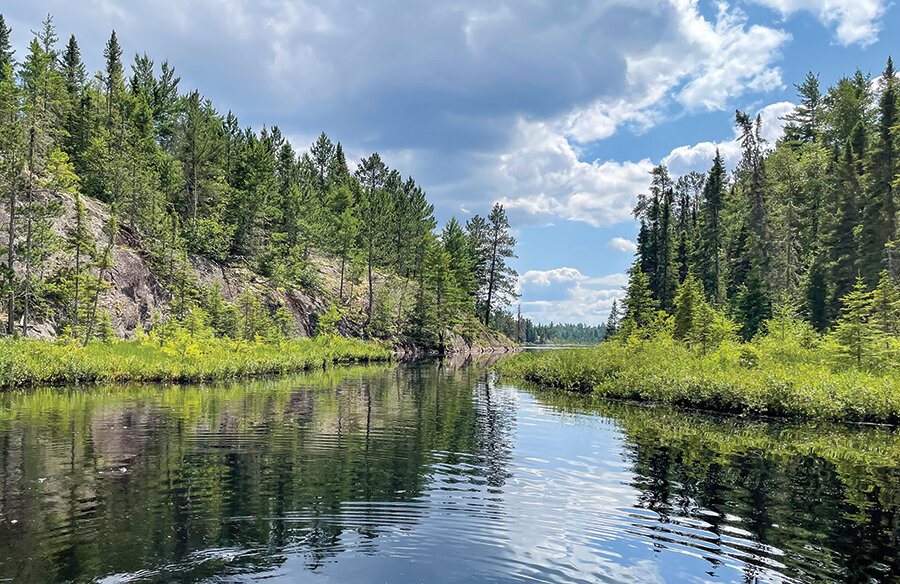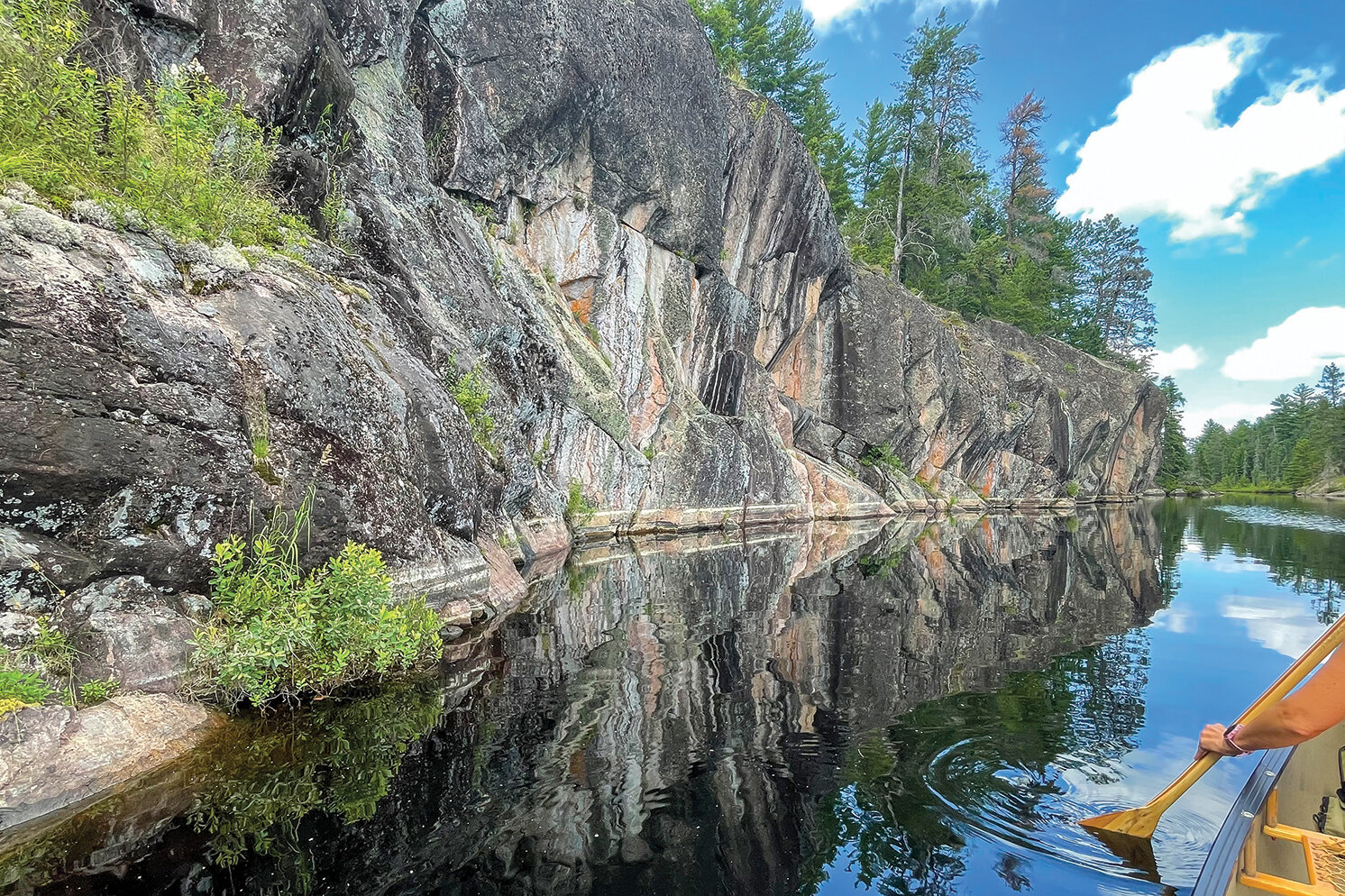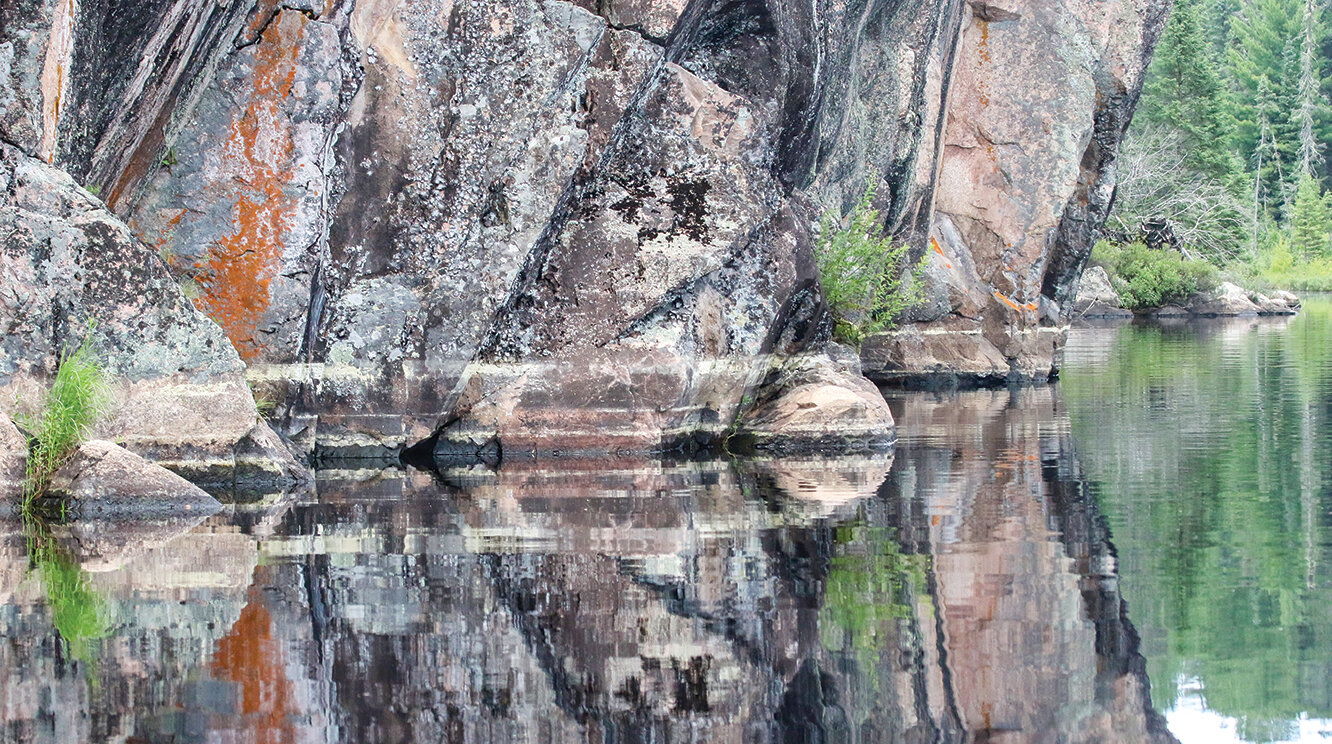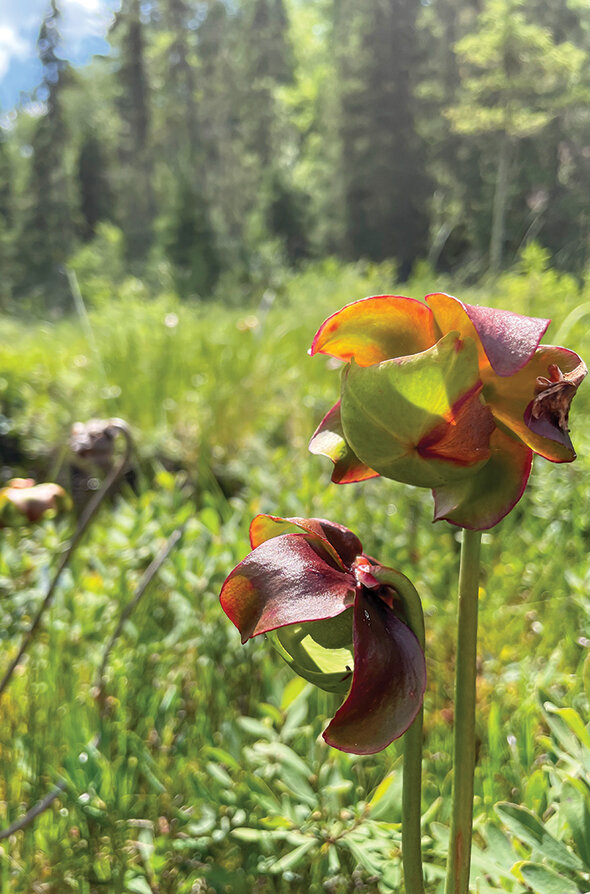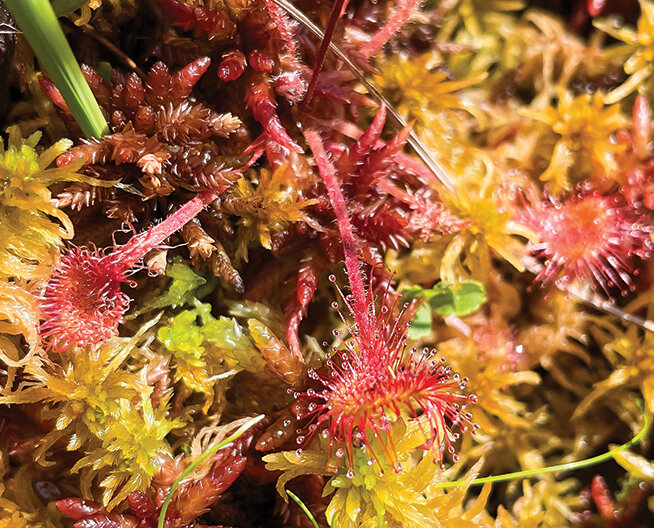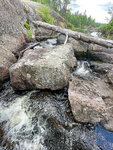Support the Timberjay by making a donation.
Looking past the pictographs
There is much more to see in this easy BWCAW day trip
Over the years, I’ve been into the Hegman lakes many times. Given my busy schedule, my journeys into the wilderness are limited mostly to day trips and the Hegman lakes provide a kind of …
This item is available in full to subscribers.
Attention subscribers
To continue reading, you will need to either log in to your subscriber account, below, or purchase a new subscription.
Please log in to continue |
Looking past the pictographs
There is much more to see in this easy BWCAW day trip
Over the years, I’ve been into the Hegman lakes many times. Given my busy schedule, my journeys into the wilderness are limited mostly to day trips and the Hegman lakes provide a kind of compendium of Boundary Waters experiences, all accessible if you have a few hours to spare.
Which is why I wasn’t surprised to see a steady parade of visitors coming and going on North and South Hegman lakes on a recent sunny and mild Wednesday afternoon. It was high season, after all, two days before the start of the Blueberry/Art Festival.
For many, it’s a pilgrimage of sorts, to visit the well-known pictographs, located along the 150-foot-long palisade found just south of the narrows into Trease Lake. It’s a destination for thousands of visitors a year I’d imagine, who come to view the famous drawings of a man-god, moose, and wolf.
Normally, after so many years, I barely glance at the pictographs, but I was there this time with a friend who had never seen them before and so we stopped to discuss them and their possible origins. But it was the rock face that held us spellbound, as it always does for me on each and every visit. The massive, overhanging edifice is, to me, one of the most dramatic features in the entire Boundary Waters, a beautiful and complex, multi-colored rock face that, like a great piece of art, seemingly offers something new on every visit.
I wonder, however, how many visitors search for the pictographs without ever really noticing the stunning palisade that has served as their canvas for who knows how many generations.
My friend is a keen observer of nature patterns, so we had to take our time exploring and photographing the intricacies of the cliff’s face.
There are more subtle treasures to be found there as well. Just north of the rock face, a floating bog arises on both sides of the narrows into Trease Lake and it’s a great place to view the three kinds of carnivorous plants that make their home in Minnesota. The large and unmistakable pitcher plants were in bloom, their flower stalks standing a foot-and-a-half above the rest of the muskeg. These plants have adapted to the nutrient-poor bog environment by laying a trap for insects within their tubular leaves. The leaves capture rainwater within them and downward pointing hairs on the interior of the trap allow insects to crawl in but they struggle to crawl out. Some eventually drown in the water and the plant excretes enzymes into the brew that digest the insects for their nutrients.
The bright yellow flowers of the bladderwort were also on display during our visit, alerting us to the presence of this other carnivore, which uses tiny, quick-expanding underwater bladders, triggered by movement, to suck up small invertebrates that live in the water.
Harder to spot, but even more abundant, were the round-leaved sundews, tiny plants that grow amidst the sphagnum and use sticky leaves to trap and eventually encircle insects before slowly digesting them. All three of these herbaceous carnivores were easily spotted from the seat of our canoes as we poked along the edge of the muskeg.
While carnivorous plants are always a point of interest, it’s the rocks that ultimately demand your attention on North Hegman. On the western shore, just south the lake’s palisade, there’s a maze of giant boulders that I’ve often wanted to wander through, although it looks almost impossibly rugged. Why the glacier dropped all these massive boulders in a jumble is a mystery, one that I invariably stop to contemplate on each visit.
On South Hegman, it’s the lake’s eastern bay, usually overlooked by the travelers headed to the pictographs, that holds more surprises. Those include the picturesque little waterfall that tumbles over a ledge when the water is high enough, creating a burbling brook that spills down another jumble of boulders, destination unknown. The open rock ledge that borders the tiny falls made a good place for a brief stop and an afternoon snack.
On the bay’s opposite shore, there’s the gigantic slab of granite that sheared off the ledgerock and slipped down, creating a slot cavern that usually has signs of use by the local wildlife.
All told, our visit lasted less than three hours, and really only held time for the highlights. Fortunately, there are plenty of those on this easily accessible route.

